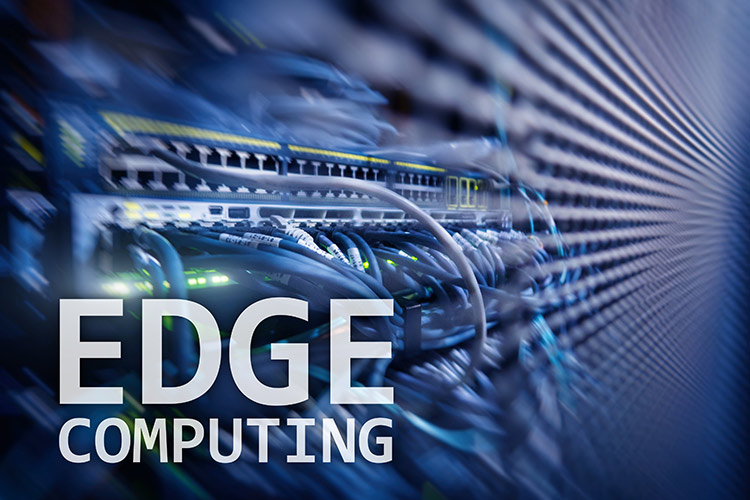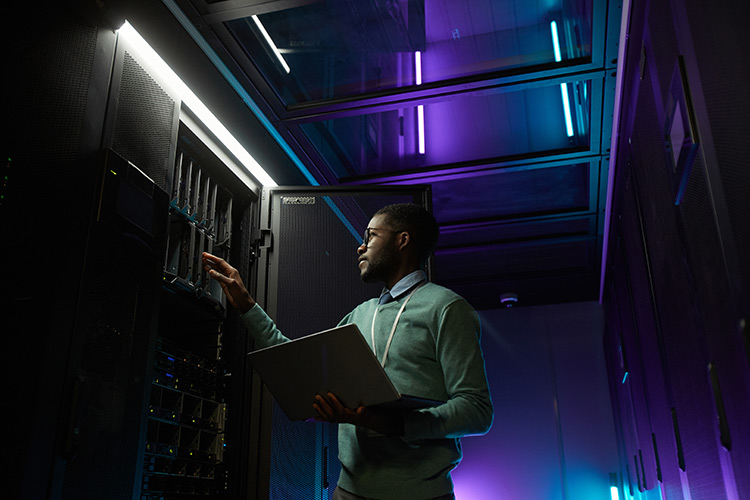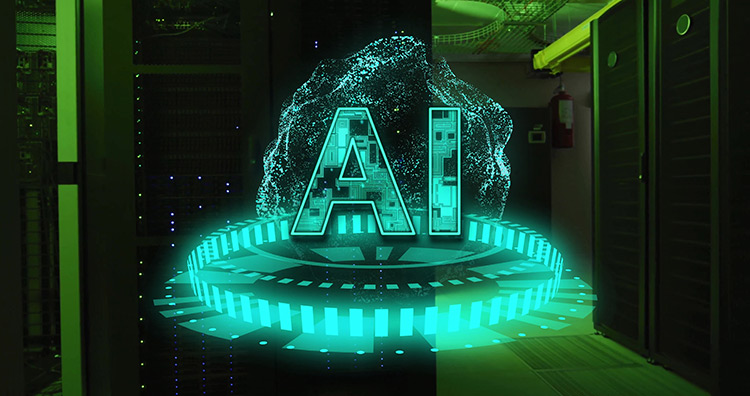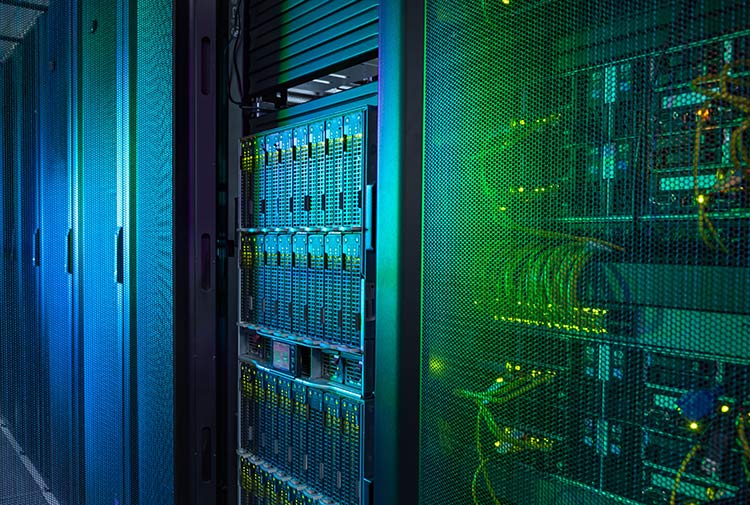An IP, Internet Protocol, is the scheme used so computers can communicate with each other. It is a numerical label that assigns a device, such as a computer, to a network. It’s the computer equivalent of the post office system for physical home addresses. A device includes a computer, cell phone, home, automobile, printer, router, or other apparatus that can connect to a network.
Why is IPv4 running out?
IPv4 is the fourth version of the Internet protocol. The first three weren’t widely used. IPv4 is the current Internet standard. IPv4 began around 1987. A finite number—about 4.2 billion addresses—were created. A sample IPv4 address is 192.0.2.589
As of September 2015, most of the available addresses were exhausted in North America. Other locales exhausted their IP addresses even earlier. There are some Internet service providers who haven’t yet assigned their IP addresses. Other strategies are being used to preserve as many IPv4 addresses as possible. The addresses were exhausted due to the explosion of devices and the number of people with access to them in the last few decades.
How can IPv6 help?
IPv5 was not publicly used—it was an experiment. Created in 1996, IPv5 uses a 128-bit addressing methodology instead of IPv4’s 32-bit system. IPv6 was designed for the IoT – the Internet of Things – the massive interconnection of computer devices. It allows for a huge number of IP addresses.
IPv6, which was designed to address the shortage of IPv4 addresses, supports approximately 3.4×1038network addresses. That’s 480,000,000,000,000,000,000,000,000,000 addresses – for each of the planet’s 7 billion people. A sample address is 0000:0000:0000:0000:3299:5678.
How the world is getting ready
The Internet Assigned Numbers Authority (IANA) manages IP addresses. There are five regional Internet registries (RIR) and many more Internet Service Providers (ISPs) responsible for the addresses.
IPv6 still needs a lot of work so it connects and functions properly across all appropriate networks. There are many other concerns about the transition to IPv6 addresses, including:
· Security
· Compatibility
· Legal issues
IPv6 differs from IPv4 in five keys ways:
- Addressing and routing
- Translation of network addresses
- Security
- Administrative workload
- Mobile device support
How to ensure you are ready for the change
Many Internet service providers understand what is needed for IPv6 connectivity and are taking the appropriate steps to inform customers and protect them. Customers should check with their ISP to make sure they will be ready as the world grows into this new addressing system.
IT managers should check which of their devices might need to be upgraded to the new address or replaced with more recent technology. IT departments should determine the costs of new devices, if needed, and plan to budget for the transition.
Make the call to a Volico professional to have your IP address questions answered
Make sure you are prepared for the transition to the IPv6 network. There are many business, technical, and strategy decisions that need to be reviewed to be ready for this migration. As the IoT expands, it will be more and more necessary for all of your devices to connect smoothly with the Internet and with other devices.











